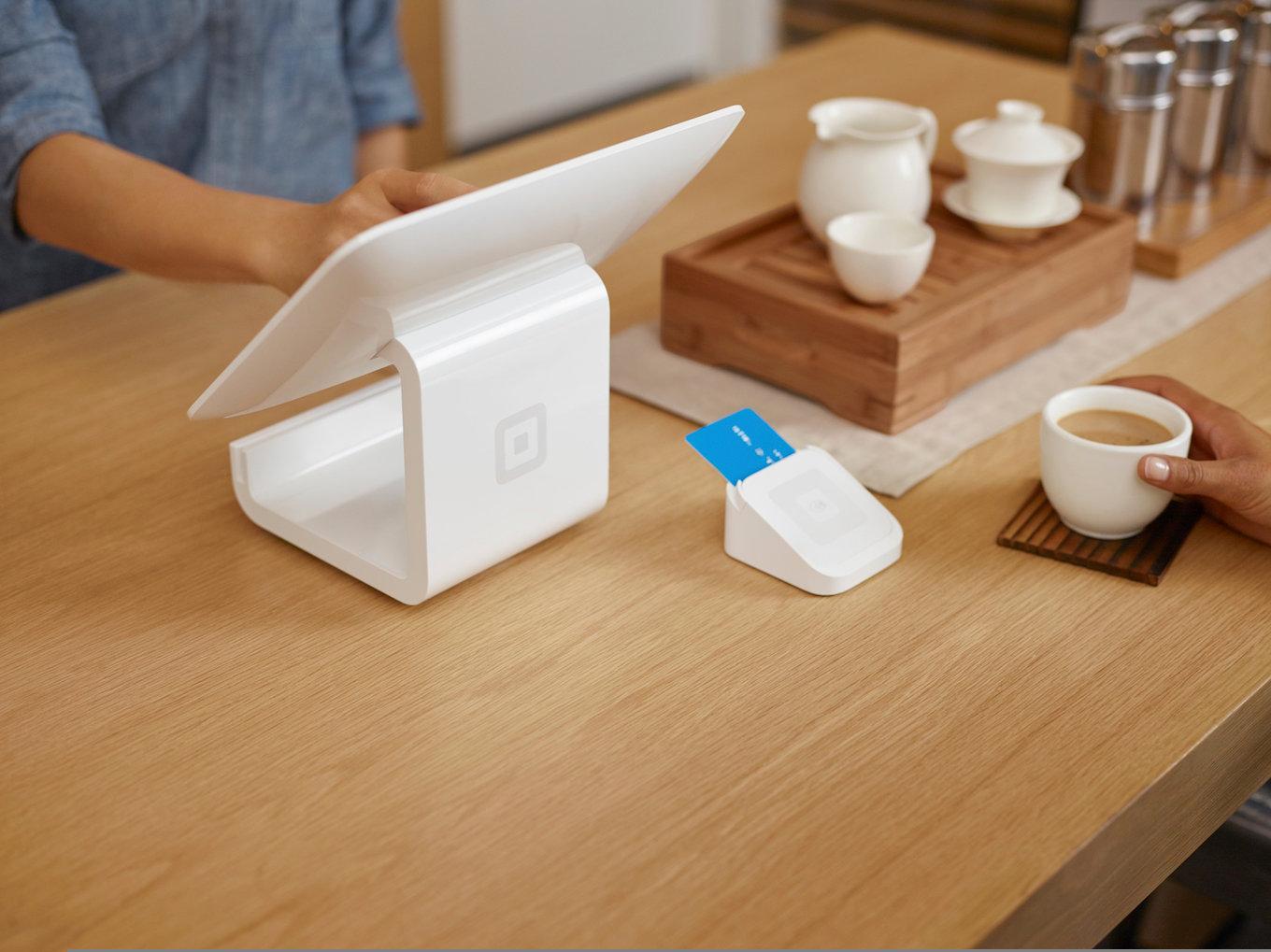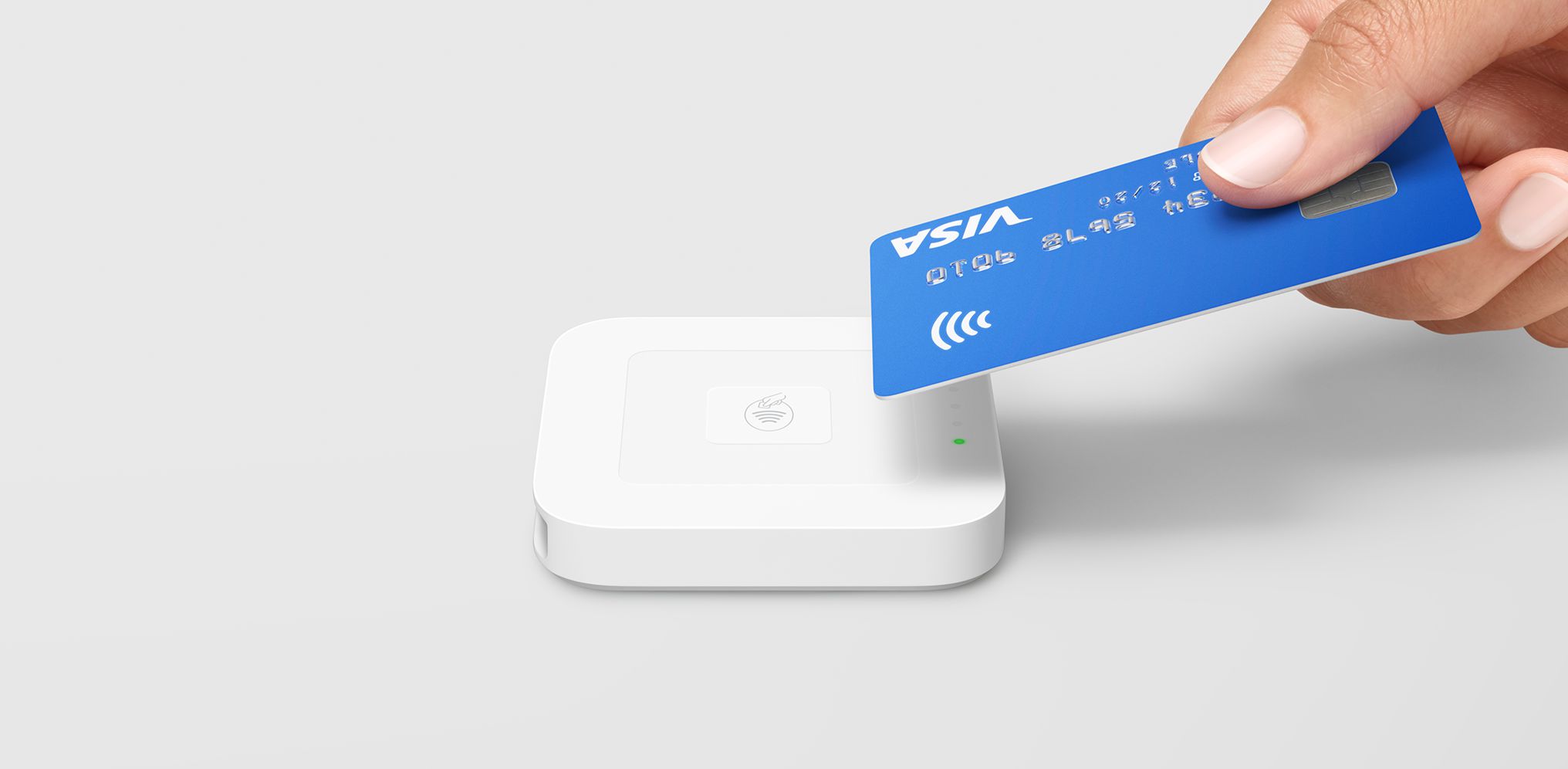Credit card processing is a core part of daily business. Credit card payments are very important for Irish businesses large and small, and COVID has given them a boost.
So whether you’re thinking of starting a business, or you already own one, it can be really helpful to know the ins and outs of credit card processing, for in-person and online customers.
This guide walks you through the things it’s good to know, including how to select the best option for your business. We hope you’ll find that reading it will save you time, hassle and money.

FAQ
What is a credit card processing company?
Credit card processing companies are also called merchant services providers. They handle the credit card payments process for businesses.
How does credit card processing work?
Credit card processing involves several organisations. These include your business, the issuing bank, the acquiring bank and the merchant services provider. You can find out more about the process and the participants in this guide.
How easy is it to get started with credit card processing?
Depending on the route you choose, it can be surprisingly easy. But it’s great to do a bit of research to find the way that suits your business best.
What’s the simplest way to get started?
A few credit card processing companies offer you checkout links. These enable you to create a link to sell any item online – no website needed.
IN DEPTH
The Overview: What happens when you accept a credit card
On the surface, in-person (and online) customer payments are pretty simple:
- Your customer buys something from you.
- You enter the amount due.
- Your customer waves their card or smartphone over your terminal.
- Your terminal says ‘approved’.
- You give your customer their purchase and receipt.
- Your customer leaves happy.
Behind this simple surface are other organisations, such as issuing banks, acquiring banks, payment processors, card merchant banks and card associations. You can find out more about these at the end of this guide.
But before we go on, let’s level set on some helpful terminology:
The cardholder: Your customer with their credit card.
The credit card: The piece of plastic that gives your customer the power to spend.
The eWallet: The app that enables your customer’s smartphone to act as their credit card.
The merchant: You, or your business, that’s accepting the credit card of your customer.
The Point-of-Sale (POS) system: Also known as an EPOS System, this is the equipment used by you, the merchant, to accept the credit card payment.
The merchant services provider: The company (e.g. Square) that deals with the banks, and enables you to accept payments from credit cards and mobile apps.
The Procedure: How credit card payments are processed
Once your customer hands you their card the actual process is essentially the same, and we’ll run through it using Square’s three-step process as the example:
1. Authorisation
When your customer taps, inserts or swipes their card, the request is submitted to us. We then send the transaction to the acquiring bank, which sends it on to the issuing bank for authorisation.
The issuing bank checks for sufficient funds. It also runs the transaction through fraud models to confirm the transaction is safe (to protect the cardholder and the issuing bank). This authorisation process usually takes just a second or two.
2. Batching
This is how the money from a transaction is sent to the acquiring bank, to begin the process of depositing it into your merchant account. It’s called batching because payments are sent in large groups.
3. Settlement
The settlement or funding step is when your business gets the money from a credit card sale deposited into your account.

The Costs: The charges for credit card processing
As you can imagine, all these various banks and others make sure they cover their costs. Many have extra credit card processing fees.
These can include transactional fees (like interchange reimbursement fees and assessments), flat fees (like PCI fees, annual fees, early termination fees and monthly minimum fees), and incidental fees (like chargebacks or verification services).
And these fees are on top of the percentage rate the credit card companies charge you, each time a customer uses their card to buy from you. This customer transaction fee can be anything from 1.5% to 3.5%, depending on the credit card company.
And usually, before you can start processing credit cards, you need to apply for a merchant services account at a bank, which can be a bit long-winded. Once you’re approved, you need to associate your Point-of-Sale system with your merchant account – then you can start accepting credit cards.
Wouldn’t it be great if you could keep your business finances straightforward, by avoiding all this setting up and fees complexity?
The Insight: A simple solution for credit card processing
Square offers you an elegant, modern and agile solution. One that already suits millions of small and not-so-small businesses like yours around the world.
You get to process credit card payments simply. You also get your merchant services included. This is because, unusually, Square also acts as one giant merchant services account for every business that uses us.
So in contrast, Square’s pricing for credit card processing is fair and transparent:
- 1.75% + VAT for each tapped (contactless) or inserted (Chip + PIN) card-present transaction
- 2% + VAT for payments manually keyed-in to the Point of Sale App
- 2.5% + VAT for Square Invoices and Virtual Terminal
- 1.4% + 25c + VAT for European cards and 2.9% + 25c + VAT for non-European cards for our online payment products, including Square eCommerce API, Online Store, Checkout Links and purchases of Digital Gift Cards
To accept in-person credit card payments with Square, you just need a credit card reader. Square Reader accepts chip + PIN, contactless, and mobile payments.

Getting Started: A quick way to set up credit card processing
Whether you’re starting your first business, or you own one already, setting up credit card processing with Square is simple, just like our cost structure. So you can be confident even if you’re new to this, and however small your business might be.
Because in fact, all you need is your iPad or smartphone. Square works directly with the device you already have to accept credit card payments and NFC payments like Apple Pay.
How to start accepting credit card payments
- Order the Square Reader and let us know where to deliver it.
- Create your free Square account.
- Download the free Square app and link your bank account for fast deposits.
- Connect the Square Reader to your smartphone or iPad and start taking payments.
How to process credit cards
Credit cards are processed differently, based on the type of card. If you’re selling from a store, you’ll most usually be taking either:
- Chip + PIN (with the card inserted vertically into Square Reader throughout the transaction).
- Contactless payments (where the card is tapped to the Reader, completing the transaction in seconds).
What other types of payment should you accept?
The more payment choices you give your customers, the more likely you’re including the method they prefer. If you operate from a physical location, you should definitely have the ability to process chip + PIN, contactless and mobile payments.
If you work remotely, you can get set up with software like Square Virtual Terminal to take ‘card not present’ payments. In this case, you manually type the cardholder’s details in – meaning you can take payments wherever you are.
It really pays to accept as many different types of payment card as possible – and whichever payment method is used, Square’s deposit schedule usually deposits the money into your bank account the next business day.
The Players: Who does what, exactly?
What is a merchant services provider?
A merchant services provider or credit card processing company – like Square – is the organisation that enables businesses to accept payments by credit card, debit card and also NFC mobile wallets like Apple Pay, Samsung Pay and Android Pay. It can do this because it has relationships with the issuing and acquiring banks.
Your merchant services account allows the processing of electronic payments when your customers want to pay for things.
What is a payments gateway?
A payments gateway is involved in processing online credit card transactions. It facilitates the transfer of information between a payment portal (like an e-commerce website) and the acquiring bank. It encrypts sensitive information like card numbers to make sure everything is secure throughout the process.
What is a card network?
Card networks include Visa, MasterCard, and American Express. Each card issuer bank partners with one of these card networks.
Card networks set a fee that’s paid from the acquiring bank (merchant account) to the issuing bank (customer account), called an interchange fee. This is charged every time a customer uses a credit card in your store.
What is an acquirer?
The acquirer is the banks or financial institutions that manage your merchant account.
What is a card issuing bank?
The card issuing bank is the financial institution that provides your customer with their credit card and accompanying line of credit. It’s basically their credit card company. Card issuers are usually banks such as Lloyds, NatWest, and HSBC, and building societies such as Nationwide.
Issuing banks act as middlemen between customers and the credit card networks by issuing contracts with cardholders for the terms of the repayment of transactions.
What is a credit card machine?
A credit card machine, or a Point-of-Sale (POS), is the device that interfaces with payment cards to make electronic fund transfers. Newer point-of-sale systems like Square’s also accept mobile NFC payments like Apple Pay, Android Pay and Samsung Pay.

